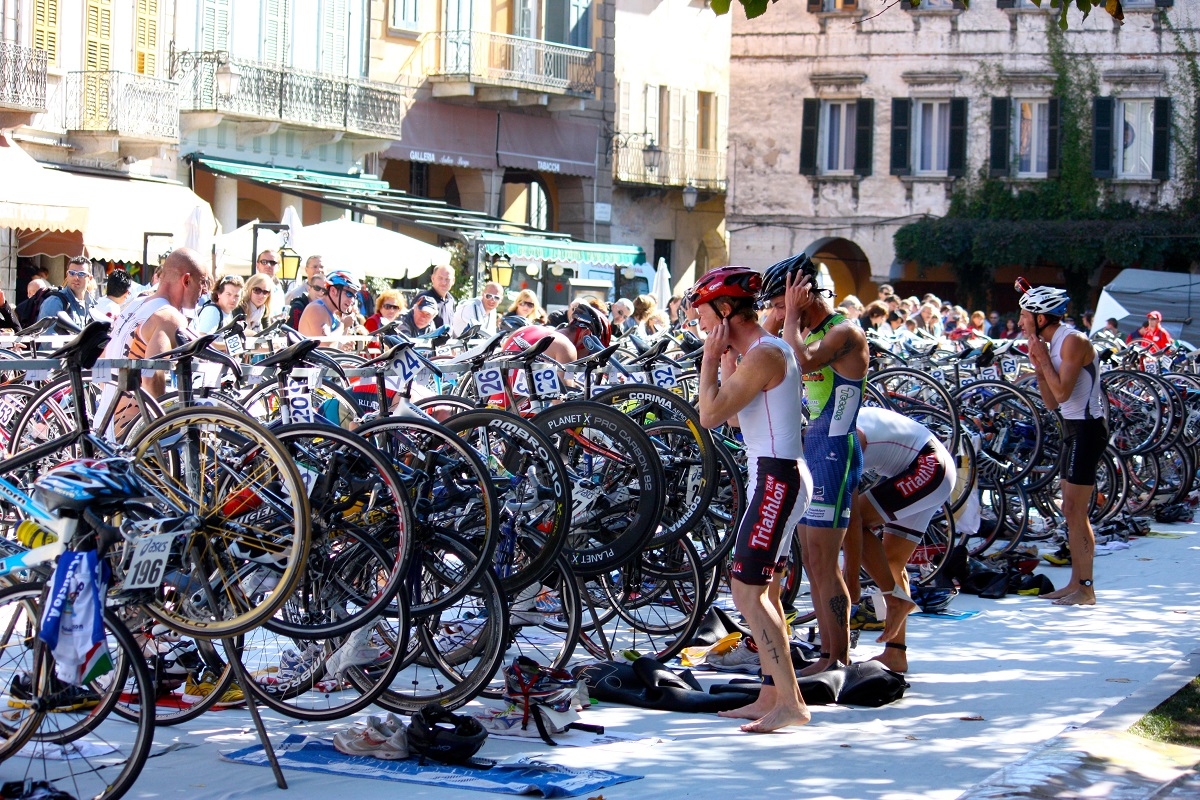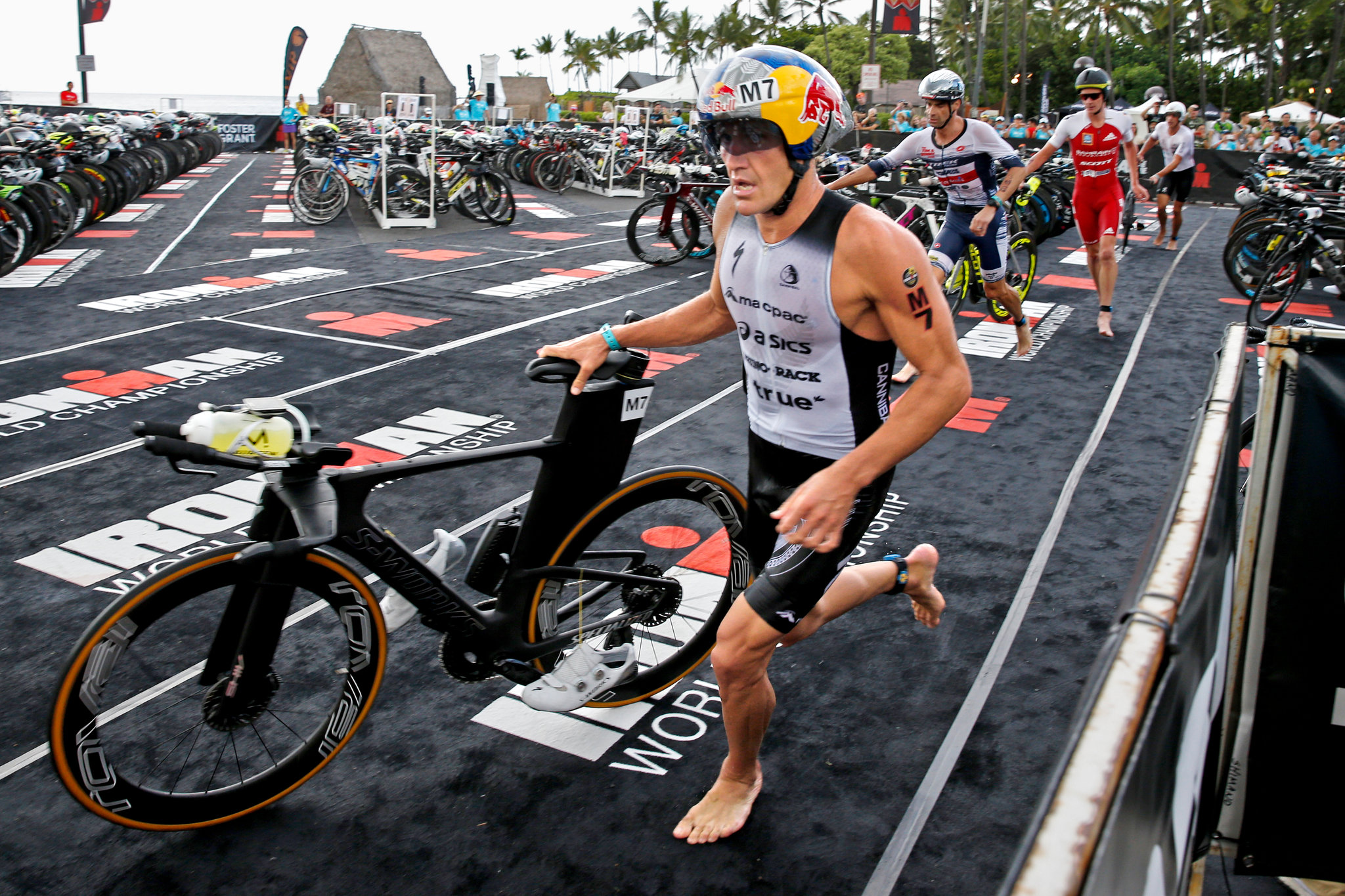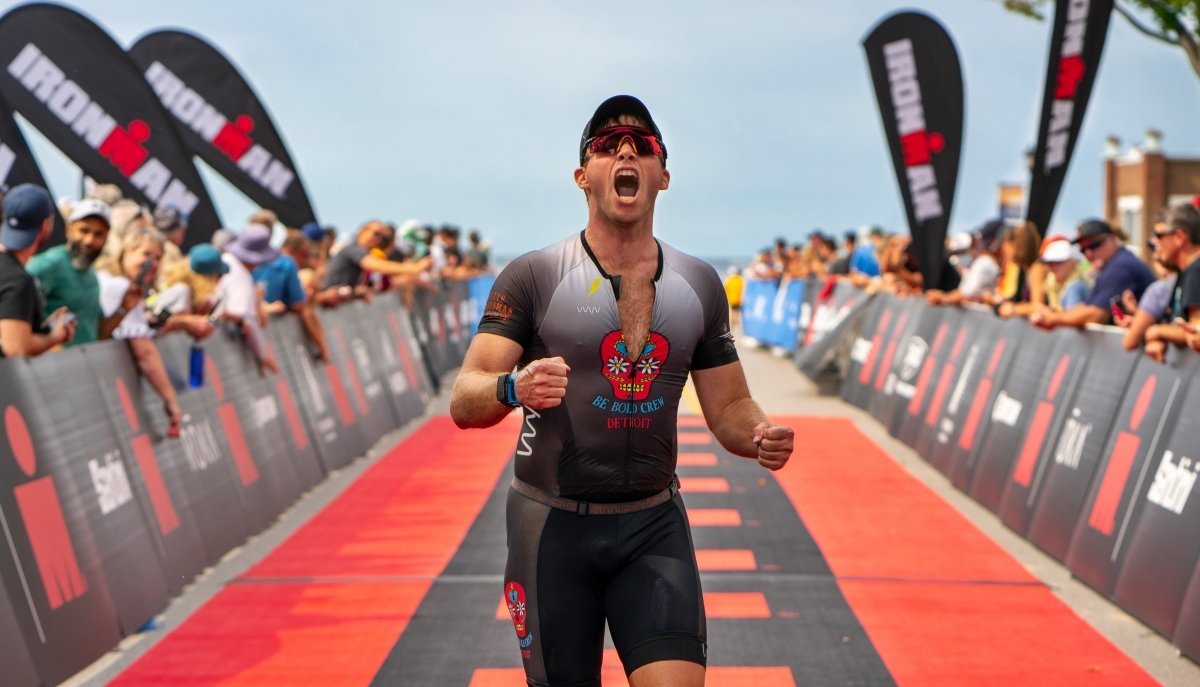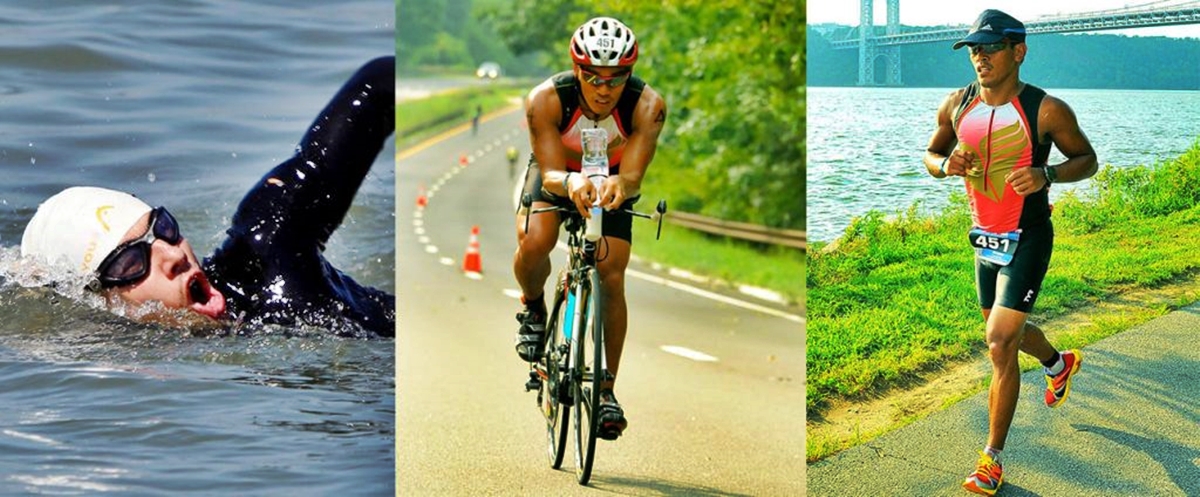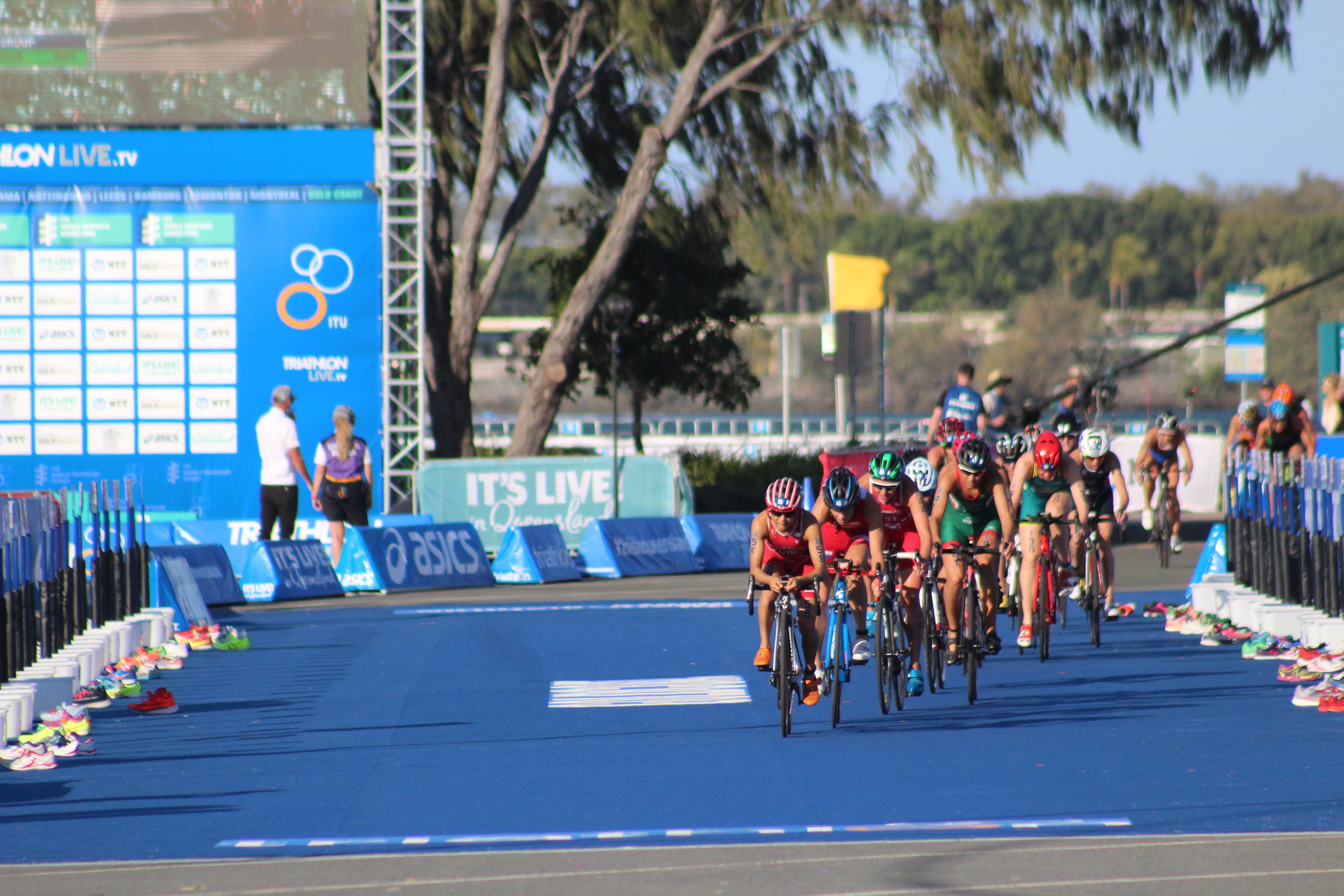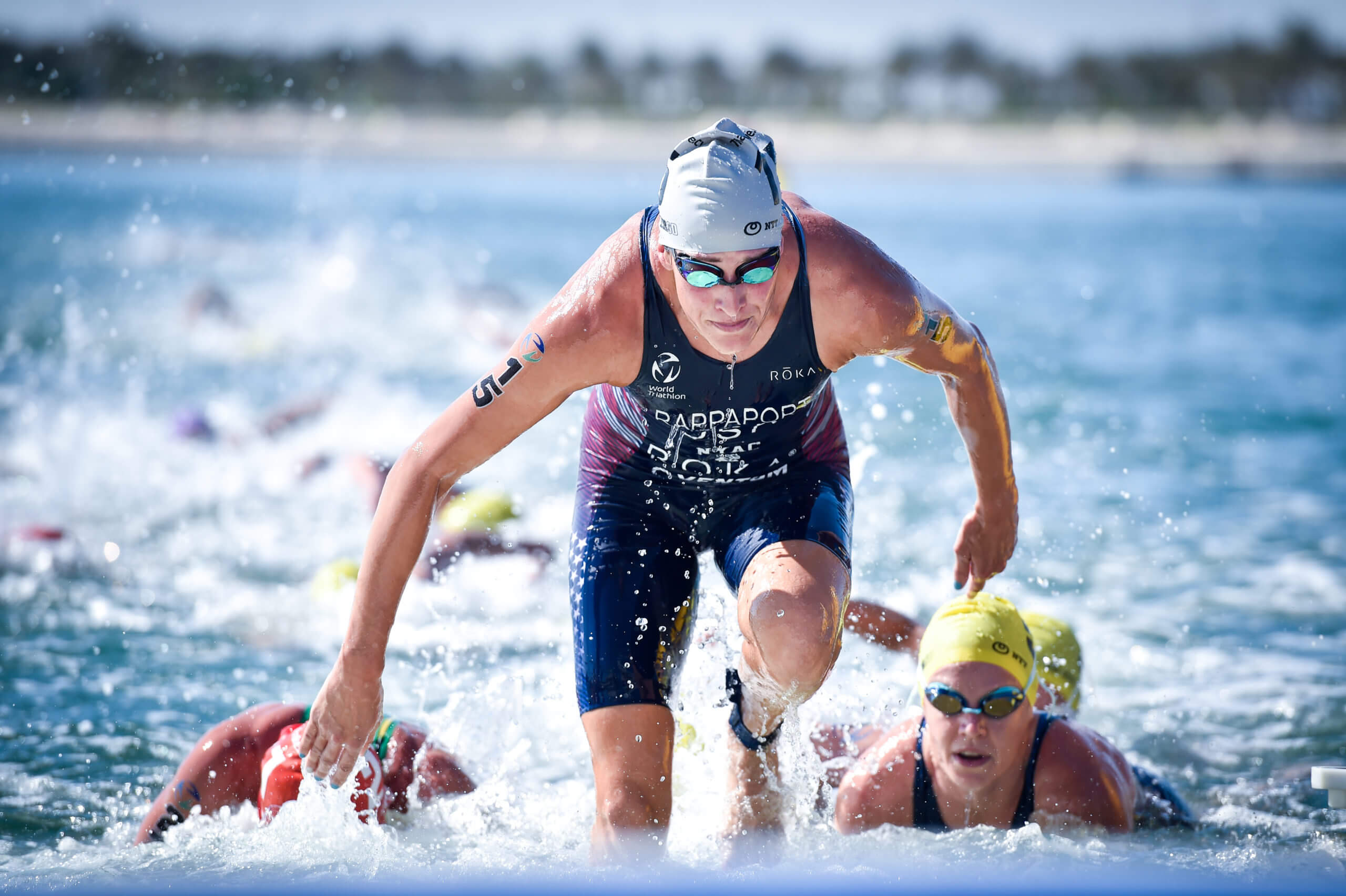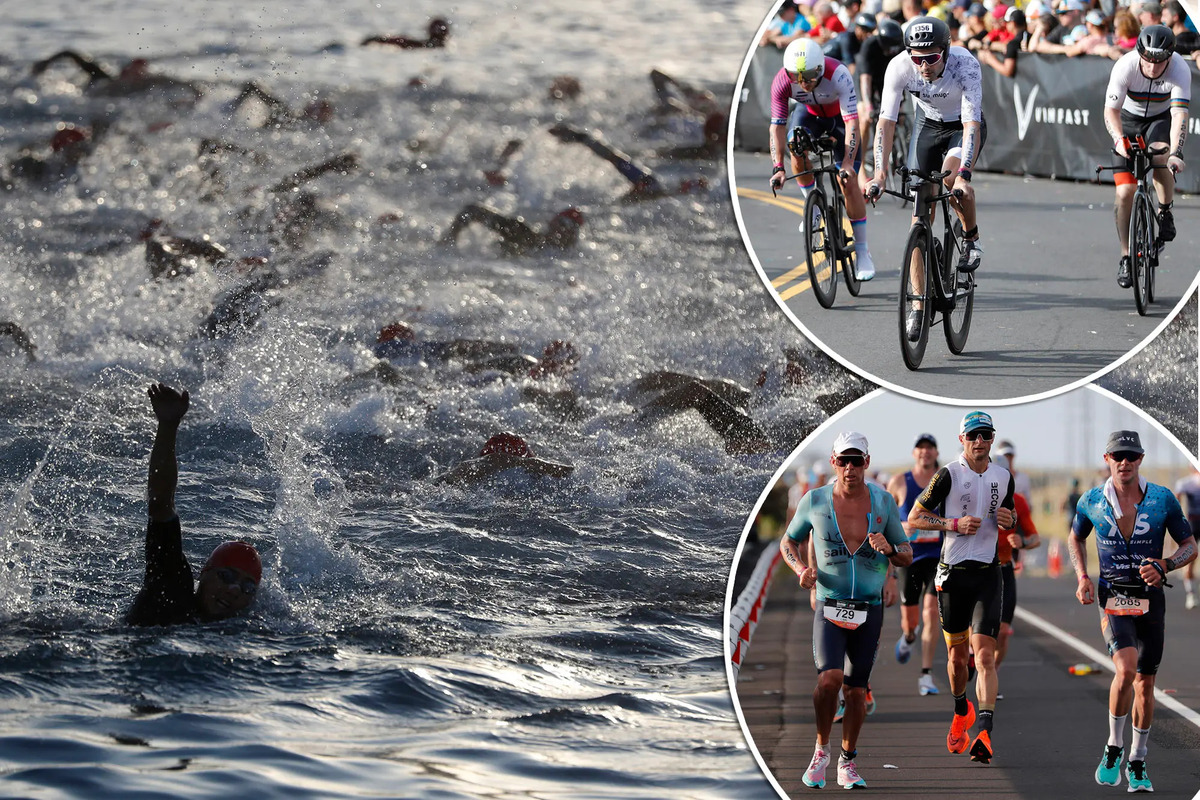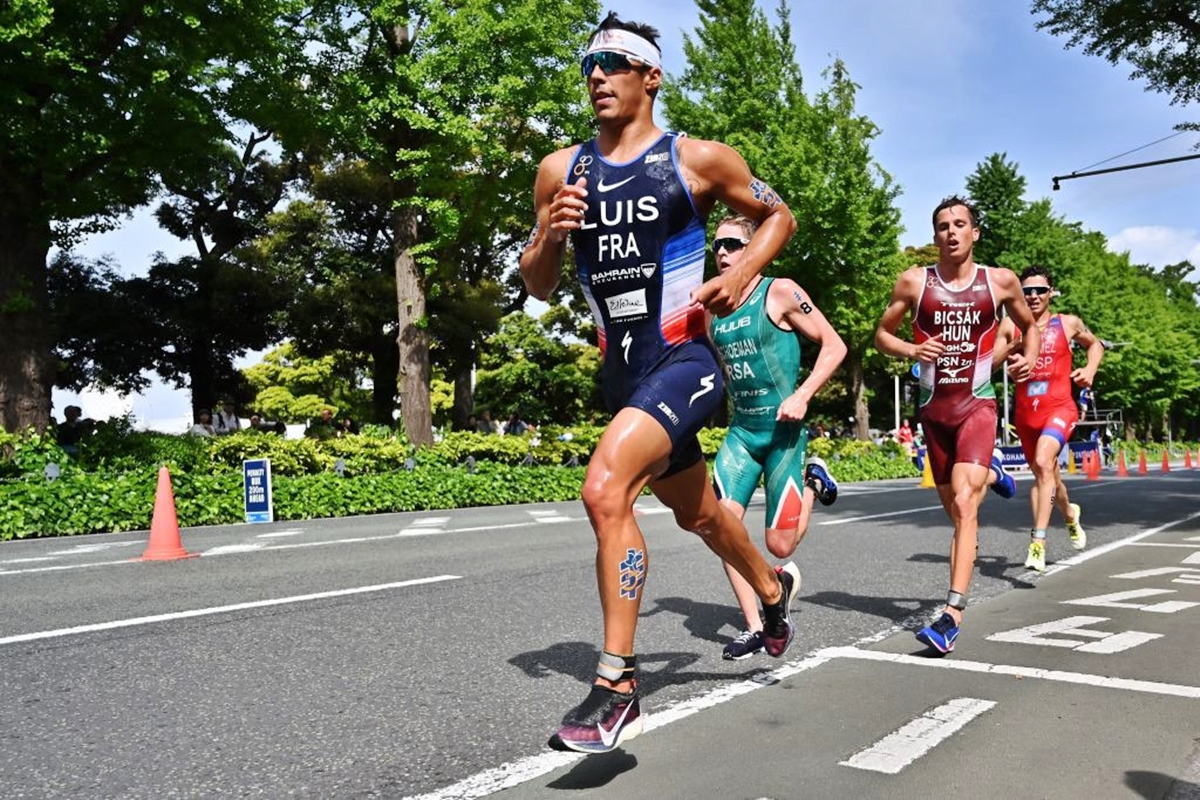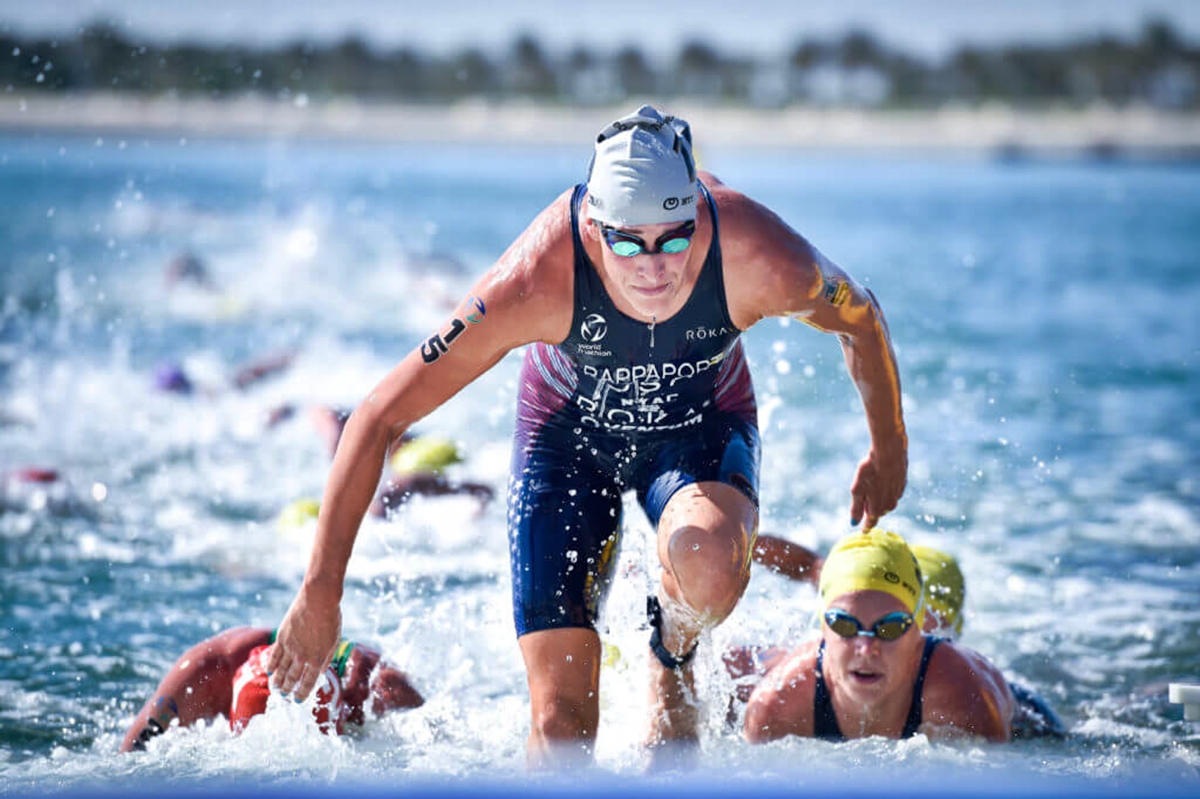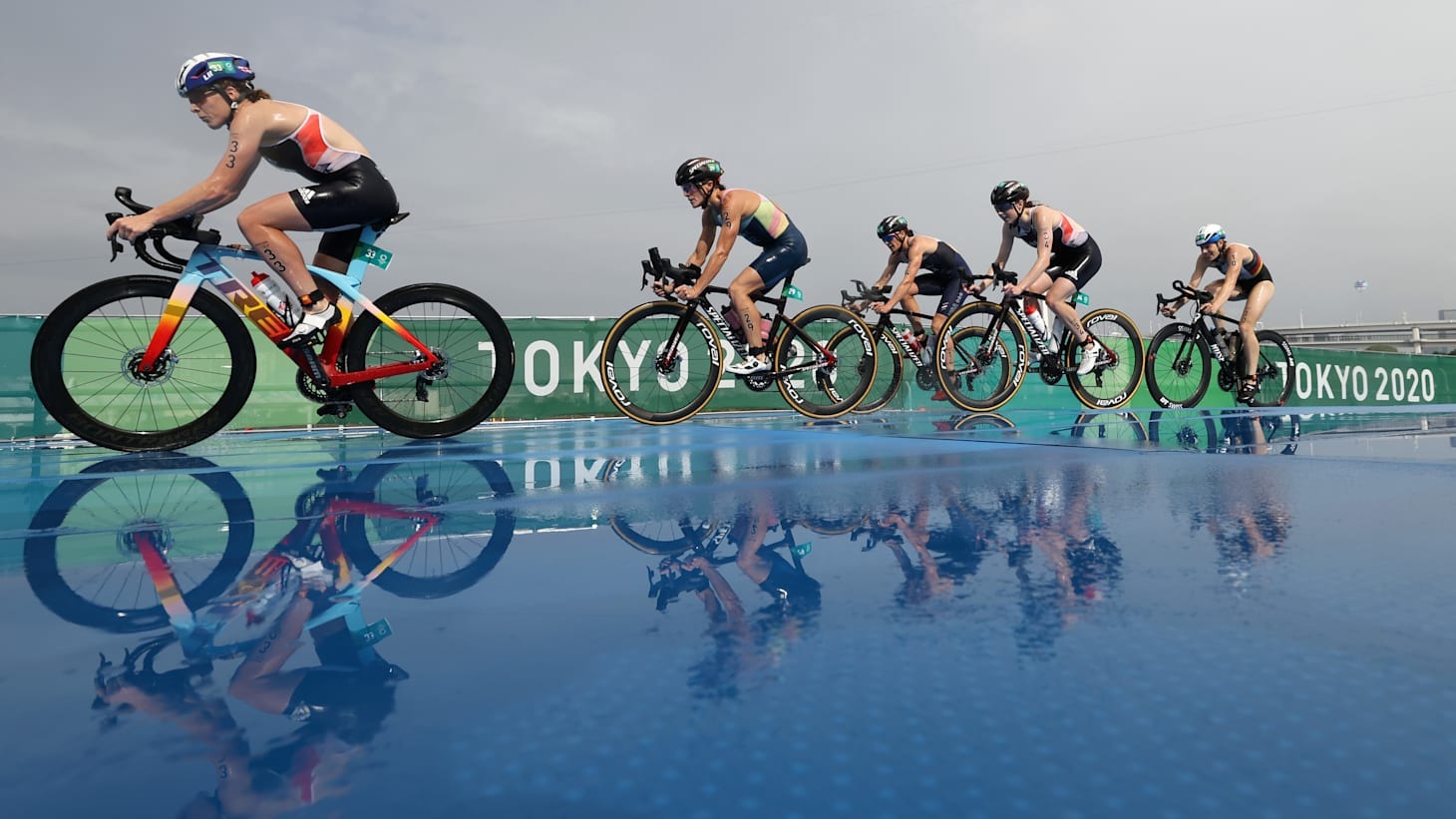Home>Misc>Featured>What Is The Prize For The Ironman Triathlon
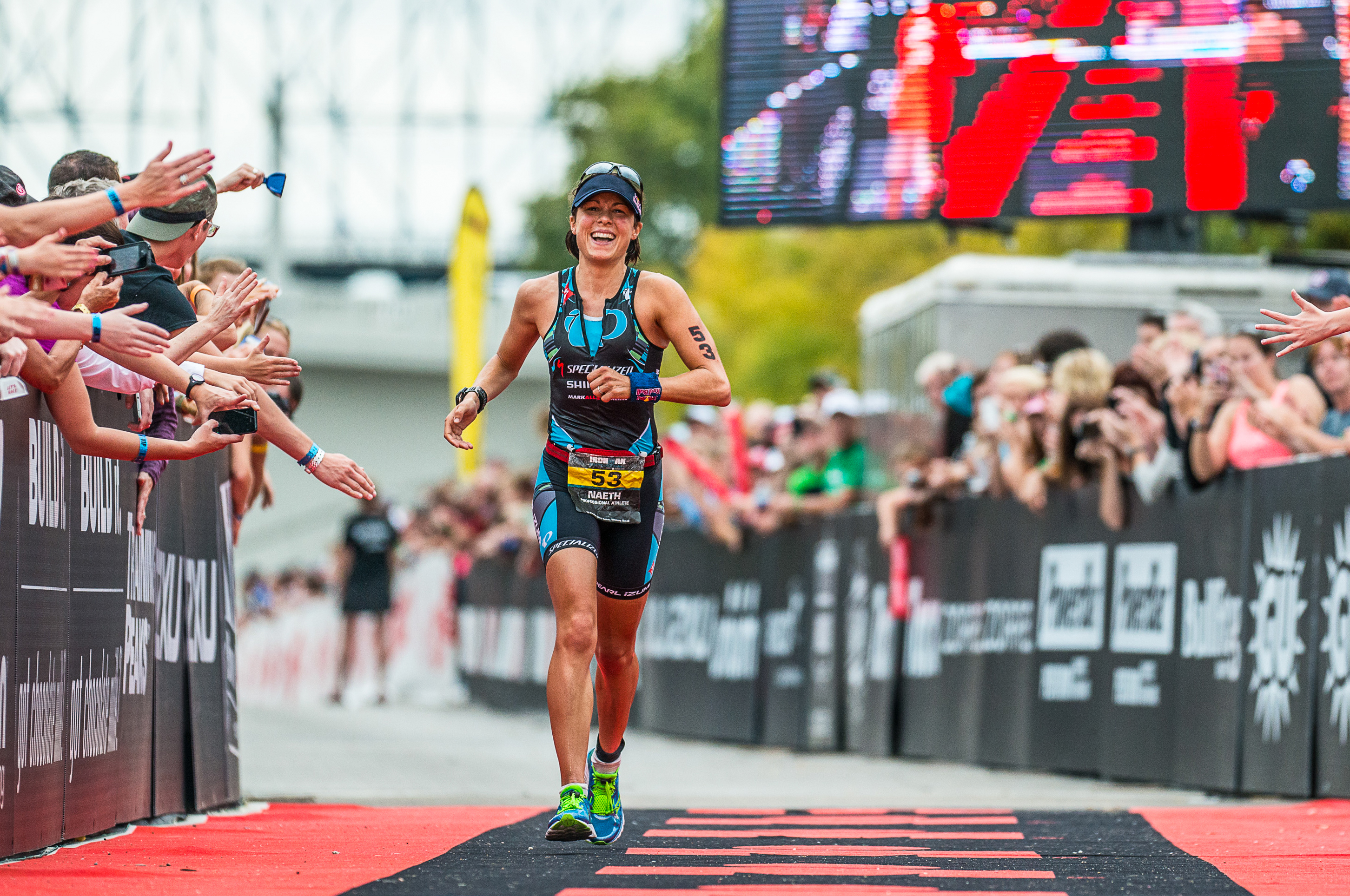

Featured
What Is The Prize For The Ironman Triathlon
Modified: January 2, 2024
Discover the exciting prize for the Ironman Triathlon, featuring incredible rewards for athletes who conquer the ultimate test of endurance and strength.
Introduction
The Ironman Triathlon is widely regarded as one of the most grueling and prestigious endurance events in the world. This triathlon consists of a 2.4-mile (3.86 km) swim, followed by a 112-mile (180.25 km) bike ride, and culminating with a full marathon of 26.2 miles (42.20 km). Athletes from around the globe push their physical and mental limits to compete in this ultimate test of strength, endurance, and determination.
The history of the Ironman Triathlon dates back to 1978 when a group of athletes debated about who were the fittest – swimmers, cyclists, or runners. To settle the debate, they decided to combine three existing endurance races on the island of Oahu, Hawaii. The result was the birth of the Ironman Triathlon, which has since become an iconic event in the sporting world.
Participating in the Ironman Triathlon is not only a personal challenge but also an opportunity to be a part of a long-standing tradition. The event attracts amateur athletes as well as professional triathletes who compete at the highest level. It is a spectacle that captivates athletes, sports enthusiasts, and fans alike.
While the physical and mental achievement of completing the Ironman Triathlon is undoubtedly a reward in itself, many wonder about the tangible prizes that await the top finishers. In this article, we will delve into the various rewards and prizes that athletes can expect to receive for their remarkable feats in the Ironman Triathlon.
History of the Ironman Triathlon
The Ironman Triathlon has a rich history that dates back to 1978. At that time, John Collins, a Navy commander, and his wife Judy proposed a challenge to settle the debate about who were the fittest athletes – swimmers, cyclists, or runners. The couple, along with their friends, combined three existing endurance races in Hawaii: the Waikiki Roughwater Swim, the Around-Oahu Bike Race, and the Honolulu Marathon. The competitors had to complete all the races consecutively to be declared the “Ironman”.
The inaugural Ironman Triathlon took place on February 18, 1978, in Honolulu, with 15 participants. Gordon Haller, a taxi driver and former US Navy communications specialist, emerged victorious after 11 hours, 46 minutes, and 40 seconds of grueling competition.
The event gained attention and popularity, attracting more participants each year. In 1981, the Ironman Triathlon moved to the island of Kona, Hawaii, where it has been held ever since. Kona’s unique and challenging course became synonymous with the Ironman brand.
Over the years, the Ironman Triathlon has expanded beyond Hawaii. The World Triathlon Corporation (now Ironman, Inc.) acquired the rights to the event in 1990 and began organizing Ironman races worldwide. Today, there are over 40 Ironman events held globally, including iconic races such as Ironman Frankfurt, Ironman New York, and Ironman Cairns.
The Ironman Triathlon has evolved into a milestone achievement for endurance athletes and a showcase of human resilience. It has become a symbol of pushing one’s limits and exceeding expectations. The race has also become a platform for amateurs and professionals to test their mettle, inspiring countless individuals to embark on their own triathlon journeys.
Throughout its history, the Ironman Triathlon has witnessed remarkable performances and inspiring stories. From historic rivalries and record-breaking finishes to tales of triumph over adversity, the event continues to captivate athletes and spectators alike. It has become an integral part of the sports landscape, and its legacy as the pinnacle of endurance racing remains untarnished.
Overview of the Ironman Triathlon
The Ironman Triathlon is an extraordinary test of physical and mental fortitude. It is not only a combination of three challenging disciplines – swimming, cycling, and running – but also a grueling endurance event that pushes athletes to their limits.
The race begins with a 2.4-mile (3.86 km) open-water swim, typically held in the sea or a lake. Athletes battle against the waves, currents, and their own fatigue as they glide through the water, aiming to complete the swim in the shortest possible time.
Following the swim, competitors transition to the bike leg, known for its demanding distance of 112 miles (180.25 km). Cyclists navigate through a predetermined route, which can include flat stretches, steep climbs, and technical descents. Endurance, strategy, and mental resilience are essential for successfully tackling the bike leg.
Once the bike leg is completed, athletes transition to the final leg of the race – the marathon. They must summon their remaining strength to complete a full 26.2-mile (42.20 km) run. The marathon typically takes place on roads and trails, often with challenging terrain and varying weather conditions. Finishing strong in the run segment requires mental toughness, efficient pacing, and proper nutrition and hydration.
The Ironman Triathlon has a strict time limit, usually around 17 hours, for competitors to reach the finish line. This adds an additional layer of pressure as athletes strive to complete the race within the allotted time and earn the coveted title of Ironman.
While the professional triathletes set a blistering pace, the Ironman Triathlon is also open to age-group athletes who compete for personal fulfillment and the sense of accomplishment. They may not be vying for a podium finish, but their dedication and commitment to the sport are equally admirable.
The Ironman Triathlon is not just a one-day event. It requires months of dedicated training and preparation. Athletes follow meticulously crafted training programs to build endurance, improve performance, and avoid injuries. Nutrition, recovery, and mental wellbeing are also crucial components of an athlete’s preparation.
With its incredible combination of swimming, cycling, and running, the Ironman Triathlon truly showcases the versatility and determination of its participants. It is a race that demands physical prowess, mental resilience, and an unwavering commitment to the pursuit of excellence.
The Prestige of the Ironman Triathlon
The Ironman Triathlon holds a revered status in the world of endurance sports. It is known for its challenging course, iconic history, and the exceptional mental and physical strength required to complete the race. The prestige associated with the Ironman Triathlon is what sets it apart from other triathlon events and attracts elite athletes and passionate endurance enthusiasts from all corners of the globe.
Many athletes dream of competing in the Ironman Triathlon as a pinnacle achievement in their sporting careers. The combination of the lengthy distances in each discipline, the demanding nature of the course, and the realistic possibility of adverse weather conditions create an aura of prestige and excitement surrounding the event. It is seen as the ultimate test of an athlete’s overall endurance, stamina, and toughness.
The history and tradition of the Ironman Triathlon only add to its prestige. The race originated in Hawaii, a place known for its beauty, but also for its challenging terrain and unpredictable weather conditions. Competing in the same location where the event began and witnessing firsthand the legacy of legendary Ironman champions creates a sense of connection and honor for the athletes.
The Ironman World Championship, held annually in Kona, Hawaii, is considered the pinnacle of the sport. It attracts the best triathletes from around the world, who must qualify through a series of regional qualifying events. The competition at the world championship is fierce, with participants pushing themselves to the absolute limits in pursuit of victory and the title of Ironman World Champion.
Being able to complete an Ironman Triathlon is seen as a badge of honor and an accomplishment that garners respect from fellow athletes, friends, and family. The dedication and commitment required to train for and complete the race showcase a level of discipline and tenacity that extends beyond the realms of ordinary athleticism.
The Ironman Triathlon is also renowned for its community and camaraderie. Athletes often form close bonds with one another as they train together, share their experiences, and support each other through the ups and downs of their journey. The sense of belonging and shared experiences foster a sense of unity and create lifelong memories.
The prestige associated with the Ironman Triathlon extends beyond the race day itself. It opens doors to sponsorship opportunities, endorsement deals, and recognition within the sporting community. Successful Ironman finishers often become ambassadors for the sport, inspiring others to take on the challenge and achieve their own extraordinary feats of endurance.
In summary, the Ironman Triathlon’s prestige lies in its challenging nature, iconic history, and the exceptional mental and physical strength required to compete. It is a race that captures the imagination of athletes worldwide and serves as the ultimate testament to endurance, resilience, and the pursuit of personal excellence.
Prize Money for the Ironman Triathlon
The Ironman Triathlon not only offers athletes the opportunity to test their physical and mental limits but also provides the chance to earn substantial prize money. The top finishers in both the professional and age-group categories are eligible to receive cash rewards for their impressive performances.
In the professional category, the prize purse varies depending on the specific Ironman event. The total prize money can range from tens of thousands to hundreds of thousands of dollars. The exact distribution of the prize money differs from race to race, with a portion usually allocated to the top male and female finishers, as well as additional prizes for special categories like the fastest swimmer or cyclist.
It’s important to note that the prize money is not evenly distributed among all participants. Instead, it is typically awarded to the top finishers based on their ranking and performance. The overall winner of the race, both in the men’s and women’s categories, usually receives the largest share of the prize purse.
For age-group athletes, the prize money is not as prominent, but there are still rewards for those who excel in their respective age divisions. These rewards can include merchandise, sponsor-provided products or services, and recognition for their achievements. Age-group athletes often participate in the Ironman Triathlon for personal fulfillment and the satisfaction of accomplishing their goals, rather than solely for the prize money.
It’s worth noting that the prize money is subject to potential changes and revisions by the organizing body of the specific Ironman event. Athletes are encouraged to refer to official race websites and announcements for the most up-to-date information on prize money distribution and any associated eligibility requirements.
Beyond the monetary rewards, the recognition that comes with earning prize money in the Ironman Triathlon can also contribute to an athlete’s career prospects. A successful Ironman finish and a strong performance can attract sponsors and endorsements, leading to additional financial opportunities for athletes. Sponsors and companies often seek to align themselves with the dedication and passion demonstrated by Ironman athletes, creating a mutually beneficial partnership.
While the prize money may serve as an incentive for some professional athletes, it’s important to remember that the Ironman Triathlon is ultimately about personal achievement and pushing one’s limits. Most participants compete for the sense of accomplishment, the experience, and the opportunity to be a part of the global Ironman community. The prize money is just an added bonus for those elite athletes who have reached the pinnacle of their sport.
Additional Rewards and Prizes
In addition to the prize money, athletes who participate in the Ironman Triathlon have the opportunity to earn various rewards and prizes, further enhancing their overall experience and sense of accomplishment. These additional rewards can come in different forms and provide athletes with valuable benefits beyond the financial aspect of the race.
One of the most coveted rewards for Ironman finishers is the iconic finisher medal. This medal serves as a symbol of the athlete’s dedication and perseverance, representing their remarkable achievement in completing the grueling race. The finisher medal holds great sentimental value and is a reminder of the hard work and commitment put into training for and conquering the Ironman Triathlon.
Furthermore, Ironman finishers often receive a finisher t-shirt or apparel item, specifically designed for that particular event. These commemorative items are exclusive and serve as a badge of honor, proudly worn by athletes to showcase their accomplishment. Wearing this special gear not only brings a sense of pride but also serves as a conversation starter among fellow triathletes and enthusiasts.
Some Ironman events provide additional perks and rewards to make the experience even more memorable. These can include VIP access to pre and post-race facilities, priority registration for future races, special discounts from event sponsors, and access to exclusive training resources and education materials. These rewards aim to create a sense of community and provide athletes with ongoing support along their triathlon journey.
Ironman events often have a vibrant and lively atmosphere, with spectators cheering athletes on as they conquer each stage of the race. The support and encouragement from the crowd add to the overall experience and can be seen as an intangible reward for the participants. The cheers, high-fives, and words of encouragement from strangers can fuel an athlete’s determination and push them further towards the finish line.
Additionally, completing an Ironman Triathlon opens doors to new opportunities and experiences within the sporting community. Athletes may gain recognition and respect from fellow athletes, coaches, and sponsors, allowing for connections and networking that may lead to future partnerships or endorsements. These opportunities can extend beyond the scope of triathlon and open doors into the world of motivational speaking, coaching, or further athletic endeavors.
Ultimately, while the prize money is a significant motivation for some athletes, the additional rewards and prizes associated with the Ironman Triathlon contribute to the overall sense of achievement and the lasting memories created throughout the journey. It is not solely about the material rewards but the intangible moments and personal growth that make this race truly special.
Sponsorship and Endorsement Opportunities
The Ironman Triathlon presents a unique platform for athletes to attract sponsorship and endorsement opportunities. The grueling nature of the race, combined with the worldwide recognition and prestige associated with the Ironman brand, makes it an attractive arena for companies and brands looking to align themselves with the values of endurance, determination, and personal achievement.
Sponsorship opportunities can range from financial support to the provision of training gear, equipment, and other resources. Brands recognize the immense dedication and commitment required by Ironman athletes and seek to support them in their pursuit of excellence. Sponsors may offer financial backing to cover training costs, travel expenses, and additional support leading up to and during the race.
Endorsement opportunities arise for successful Ironman athletes who have proven their mettle on the course. Companies often seek out these athletes to endorse their products or serve as brand ambassadors. A professional triathlete who excels in the Ironman Triathlon can become a valuable asset to companies in the fitness, nutrition, apparel, and sporting equipment industries.
Endorsements can come in the form of product endorsements, where athletes use and endorse specific brands or products related to their sport. This can include sports drinks, energy gels, athletic shoes, and other gear. Athletes can also engage in promotional activities such as appearing in advertising campaigns, product launches, or participating in public appearances and speaking engagements on behalf of the brand.
In addition to financial benefits, sponsorship and endorsement opportunities offer athletes enhanced exposure and visibility. Many Ironman events attract significant media coverage, both locally and internationally, providing a platform for athletes to showcase their talent and promote their sponsors. Media interviews, social media presence, and race-day coverage increase the visibility of the athlete, their achievements, and their sponsors.
It is important for athletes to cultivate a personal brand that aligns with the values of potential sponsors. Demonstrating professionalism, integrity, and a strong work ethic on and off the race course can make an athlete an attractive candidate for sponsorship or endorsement deals. Maintaining an active online presence, engaging with followers, and consistently sharing inspiring content can also bolster an athlete’s appeal to sponsors and their target audience.
For sponsors and companies, partnering with Ironman athletes provides a unique avenue to reach a highly engaged and passionate audience. The sport of triathlon attracts individuals who are enthusiastic about fitness, health, and personal development. Associating a brand with successful Ironman athletes can create positive brand perception and credibility.
In summary, the Ironman Triathlon offers athletes the opportunity to secure sponsorship and endorsement deals, which can provide financial support, resources, and increased visibility. Successful athletes who exemplify dedication, resilience, and achievement can become valuable brand ambassadors and serve as inspirations to others. The partnership between athletes and sponsors mutually benefits both parties and contributes to the growth and promotion of the sport of triathlon.
Conclusion
The Ironman Triathlon is more than just an endurance race; it is a remarkable feat of human strength, determination, and resilience. From its humble beginnings in Hawaii to its global expansion, the Ironman Triathlon has become an iconic event that captures the imagination of athletes and spectators worldwide.
Throughout the article, we have explored the various aspects of the Ironman Triathlon, including its history, the challenges faced by participants, the prestige associated with the event, the prize money and rewards available, and the potential sponsorship and endorsement opportunities for athletes.
The Ironman Triathlon not only tests an athlete’s physical capabilities but also pushes them to their mental and emotional limits. The combination of swimming, cycling, and running over long distances requires months of dedicated training, discipline, and commitment.
Achieving a top finish in the Ironman Triathlon comes with various rewards, including prize money, finisher medals, commemorative apparel, and other perks. The recognition and respect gained from completing the race and excelling in one’s age group can open doors to new opportunities and experiences within the sporting community.
Sponsorship and endorsement opportunities further enhance an athlete’s journey by providing financial support, resources, and increased visibility. Aligning with brands that share the values of endurance, determination, and personal achievement can lead to fruitful partnerships and mutual growth.
At the heart of the Ironman Triathlon is the remarkable personal achievement and the sense of fulfillment experienced by the participants. It is a test of physical and mental strength that pushes athletes to their limits while fostering a sense of camaraderie and a shared passion for endurance sports.
In conclusion, the Ironman Triathlon represents the pinnacle of endurance racing, where athletes strive for personal excellence and push the boundaries of their capabilities. The race’s rich history, demanding course, international prestige, and potential for rewards and recognition make it a truly unique and exceptional event in the world of sports.
